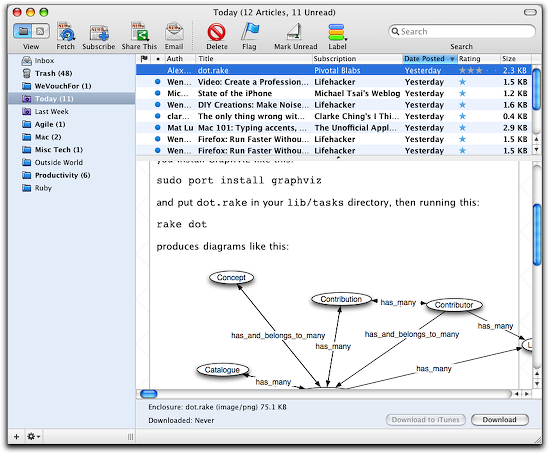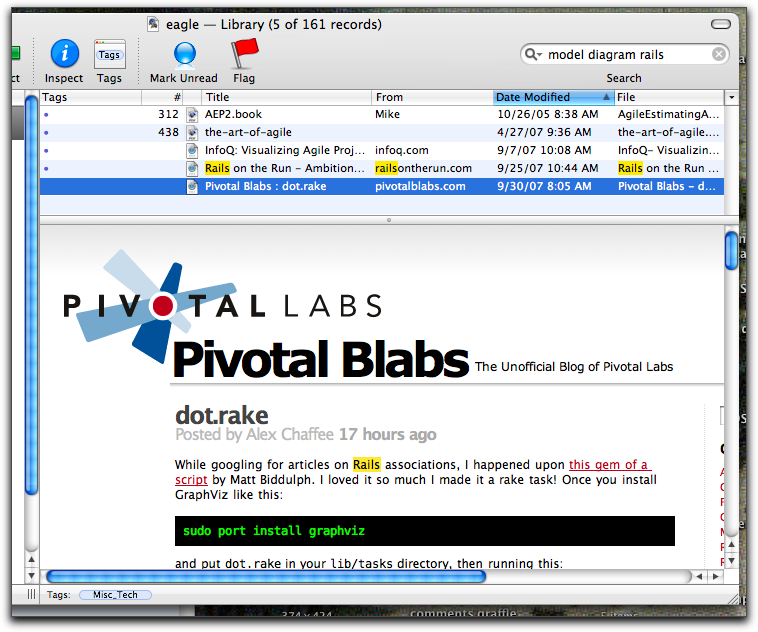Speculation about the origin of CamelCase
Prompted by Avdi Grimm’s post on underscores in program identifiers, I’ll publicly air my guess about why theBlightOfCamelCaseInfestsOurPrograms when_identifiers_with_underscores_are_obviously_more_readable. (Although Avdi is right that dashes are superior to both.)
As far as I can tell, the popularity of camel case came from Java, which got it from Smalltalk. But where did Smalltalk get it, and why did such smart people go so badly astray?
Flash back to 1979-1981. I was a computer operator for a PDP-10 mainframe at the University of Illinois Coordinated Science Lab. (I still have two pieces of that computer in my basement.) We had a bunch of VT-100 act-alike terminals. But off in a corner, where no one ever used it, we had a single terminal we called “the European terminal”. One interesting thing about the European terminal was that it had no underscore key. Instead, it had a back-arrow key. I have a faint recollection that if you viewed text with underscores on that terminal, it would show up with back arrows instead. (Or was it that the keyboard did have an underscore on it, but when you pressed it, it displayed a back arrow?)
It’s unlikely you’d write←identifiers←with←back←arrows←in←them and, in any case, some programming languages (such as Smalltalk) use back arrow to mean assignment (instead of, as was common before C took off, `:=`).
All of which makes me think—especially since Smalltalk came from Simula, and Simula came from Europe—was there no underscore available to the people who built Smalltalk back in its early days? Was that why they fell back on StudlyCaps?
(I even have a very dim memory of some language—I don’t think it was Smalltalk—where underscore, as well as a back arrow, could be used for assignment.)
Does anyone know?




